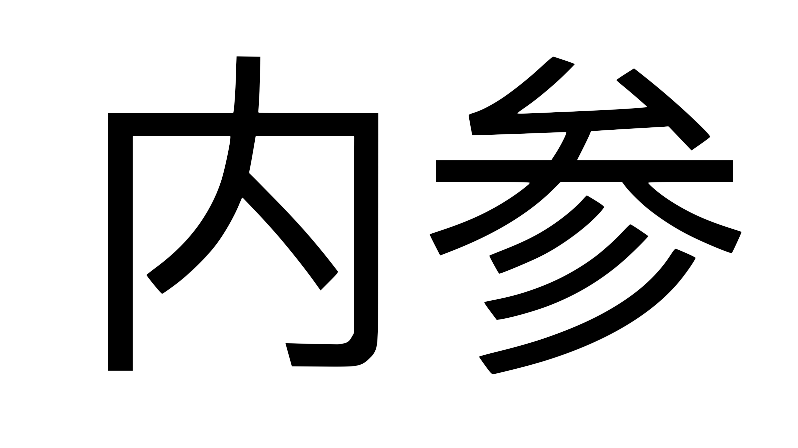Brief #141: Party and State Institutional Reform Plan 2023
On March 16, Xinhua published the Party and State Institutional Reform Plan (党和国家机构改革方案) issued by the Central Committee and the State Council. The plan aims to improve the division of functions, capabilities and efficiency of the institutions of the Communist Party and the Chinese state.
Approved at the Central Committee Second Plenum in February, the plan is not as sweeping as the last round of institutional reform in 2018. Nevertheless, it is still significant.
The new changes will reinforce Party control in science and technology, finance and social governance, and streamline Party and state institutions across these and other portfolios. Additionally, central Party and state institutions will downsize their staffing by five per cent across the board, with the freed resources directed into critical areas and projects.
According to the plan's timetable, the central-level reform is expected to be completed by the end of 2023, while the local-level reform is expected to be completed by the end of 2024.
Note that the Party and State Institutional Reform Plan is the overarching plan for the current round of institutional reform. The State Council Institutional Reform Plan, which was approved during the annual National People's Congress session earlier this month, is the component that pertains to the restructuring of central government institutions.
The following brief is divided into five sections: Science and Technology, Finance, Social Governance, Other Measures and Party-State Relations.
Science and Technology
The Party and State Institutional Reform Plan aim to reinforce Party control, improve resource allocation, and accelerate progress towards self-reliance in science and technology.
First, the Central Science and Technology Commission (中央科技委员会) will be established to oversee science and technology strategy and policy. The commission will serve as a decision-making and coordinating body of the Central Committee (中央决策议事协调机构), outranking the Ministry of Science and Technology.
The responsibilities of the commission will include the following:
- reinforcing the Party Central Committee’s leadership over science and technology;
- developing the national innovation system and reforming the science and technology system;
- formulating major strategies, plans, and policies for science and technology development;
- coordinating resolution of major strategic science and technology issues;
- determining national strategic scientific and technological tasks and major research projects; and
- coordinating military and civilian science and technology development.
Second, the Ministry of Science and Technology (科学技术部) will undergo a significant reorganisation by shedding non-core functions to focus on its core responsibilities. These include developing the new system to mobilise national resources for technological breakthroughs, managing the innovation chain, and conducting science and technology-related strategic planning and regulatory oversight.
